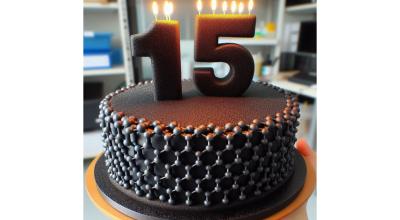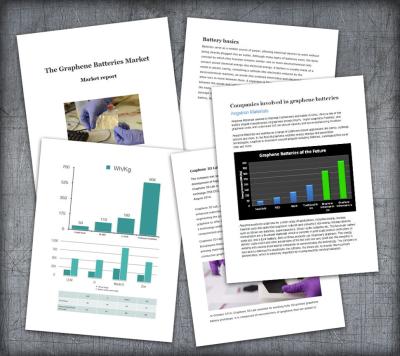Researchers use graphene to develop a method that visualizes ligands on gold nanoparticles in liquid
Researchers at the University of Antwerp and CIC biomaGUNE have reported a novel method based on graphene, for understanding the role of surface molecules in the formation of nanoparticles. The research provides an advanced characterization tool for the design of nanomaterials.
Gold nanoparticles have been the subject of intense research for several decades due to their interesting applications in fields such as catalysis and medicine. "Surface ligands" are organic molecules typically present on the surface of gold nanoparticles. During synthesis, these surface ligands play an important role in controlling the size and shape of the nanoparticles. For several decades, the CIC biomaGUNE team led by Ikerbasque Research Professor Luis Liz-Marzán has studied the growth mechanisms and properties of these nanoparticles. However, many questions remain about the exact behavior of surface ligands during and after growth. Direct observation of surface ligands and their interface with gold nanoparticles has therefore been a long-standing goal for many scientists in this field.






